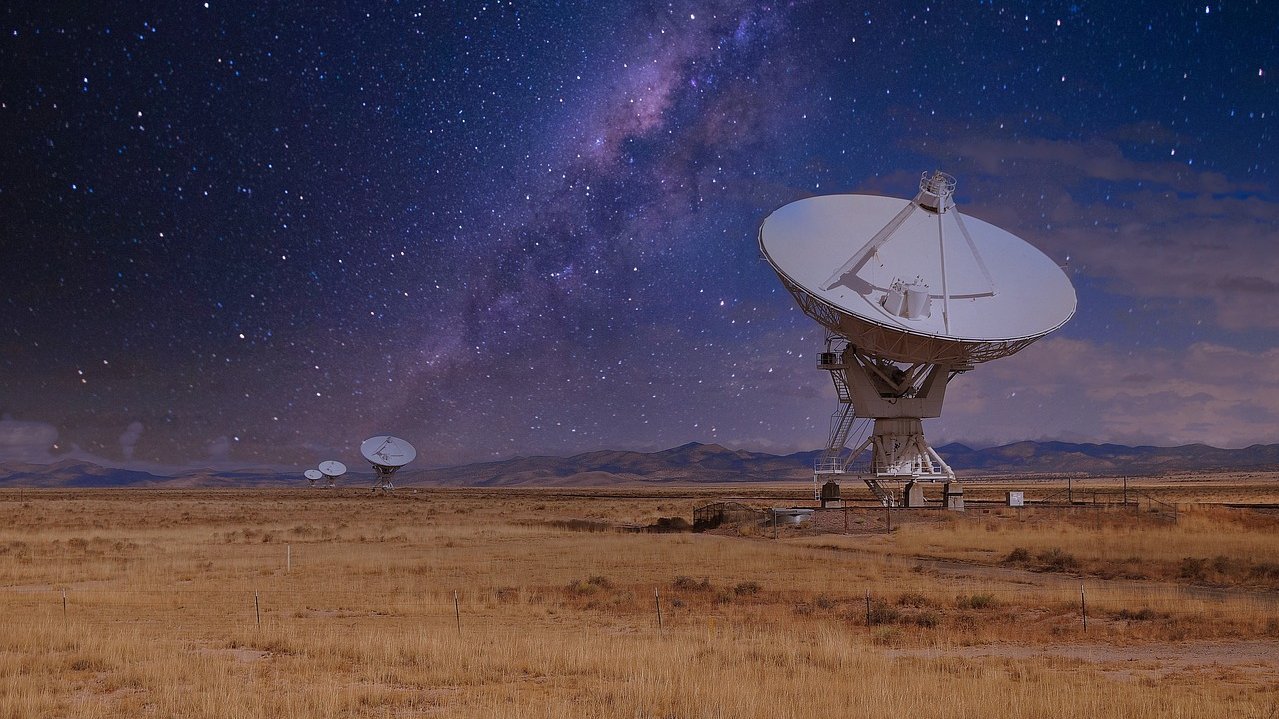The three elements of each transmission were:
1. A coherent sounding signal with slow Doppler wavelength tuning to imitate a transmission from the centre of the Sun. This signal was sent to help aliens detect the TAM.
2. Analogue information recorded with the a so-called theremin. This electric musical instrument produces a quasi-sinusoidal signal that can be easily extracted from the background noise of space. There were seven musical compositions in the "First Theremin Concert for Aliens".
3. Binary digital information similar to the Arecibo message, including TAM's logo, written greetings in Russian and English, and artistic drawings. This section and the concert programme were compiled by teenagers from different parts of Russia.
Initially, Zaitsev proposed his idea for the "First Theremin Concert for Aliens" to the Arecibo Observatory in July 2000. However, it was rejected due to concerns that advertising humanity's presence to unknown and possibly advanced civilisations could be dangerous. After another unsuccessful attempt to gain support, the project was implemented by the Yevpatoria RT-70 radio telescope with funding from the Ministry of Education in Moscow.
The Teen Age Message was thus the first live cosmic concert broadcasted from Earth and will echo through space for a very long time to come.


